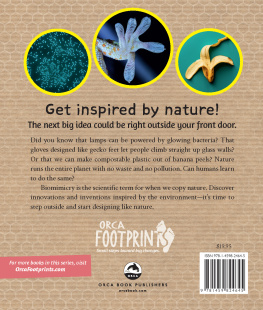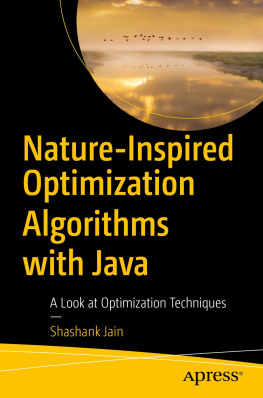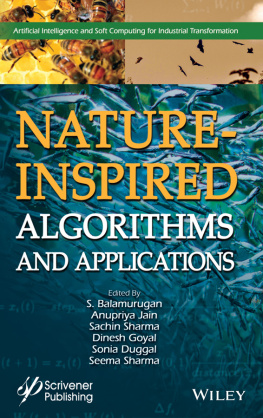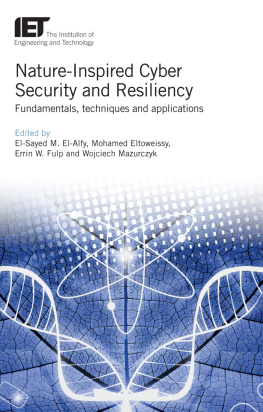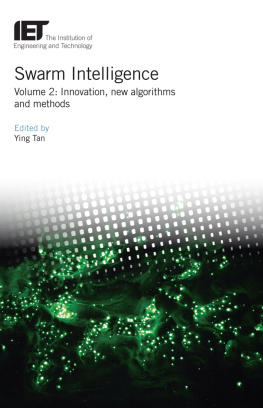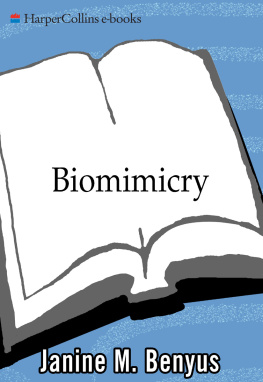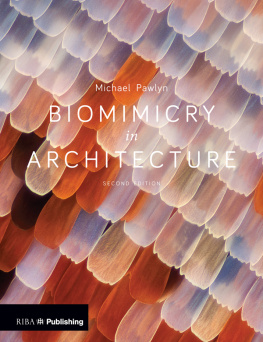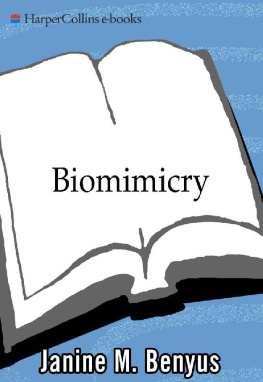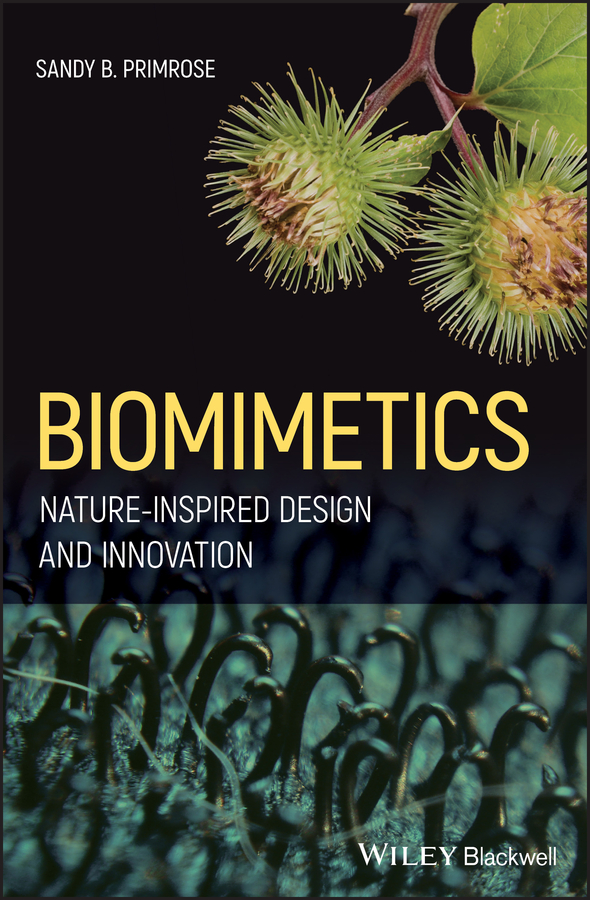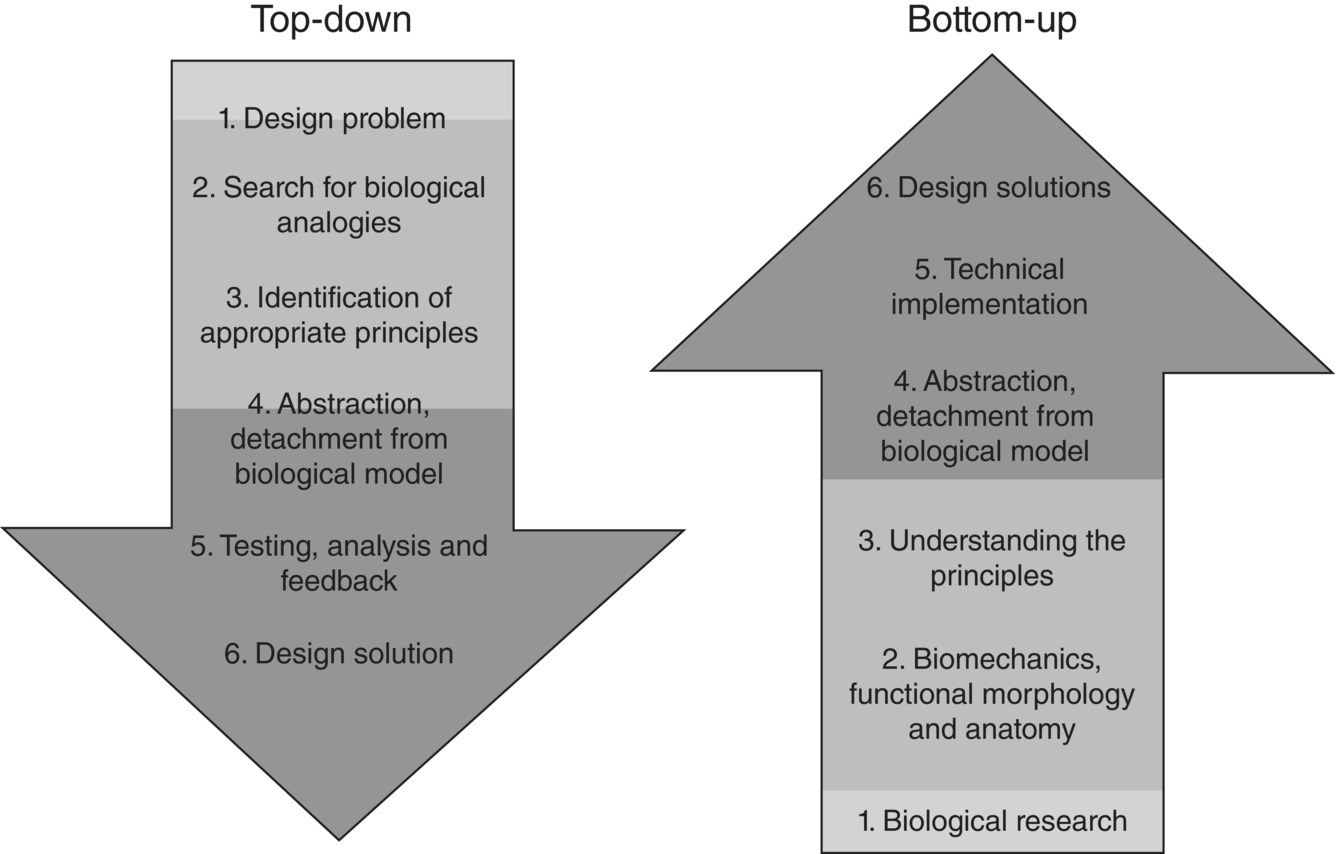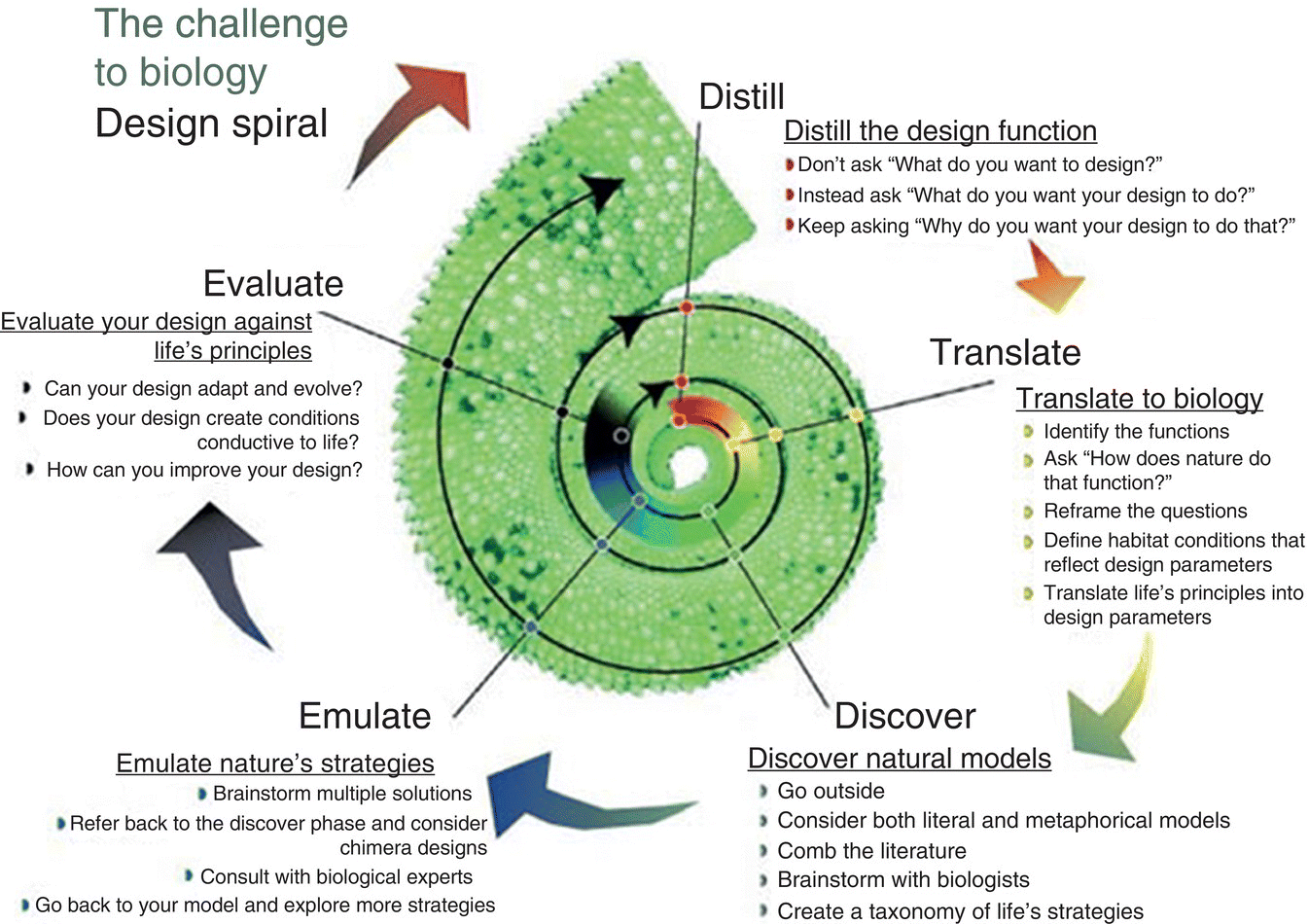Sandy B. Primrose - Biomimetics: Nature-Inspired Design and Innovation
Here you can read online Sandy B. Primrose - Biomimetics: Nature-Inspired Design and Innovation full text of the book (entire story) in english for free. Download pdf and epub, get meaning, cover and reviews about this ebook. year: 2020, publisher: Wiley-Blackwell, genre: Romance novel. Description of the work, (preface) as well as reviews are available. Best literature library LitArk.com created for fans of good reading and offers a wide selection of genres:
Romance novel
Science fiction
Adventure
Detective
Science
History
Home and family
Prose
Art
Politics
Computer
Non-fiction
Religion
Business
Children
Humor
Choose a favorite category and find really read worthwhile books. Enjoy immersion in the world of imagination, feel the emotions of the characters or learn something new for yourself, make an fascinating discovery.

- Book:Biomimetics: Nature-Inspired Design and Innovation
- Author:
- Publisher:Wiley-Blackwell
- Genre:
- Year:2020
- Rating:5 / 5
- Favourites:Add to favourites
- Your mark:
Biomimetics: Nature-Inspired Design and Innovation: summary, description and annotation
We offer to read an annotation, description, summary or preface (depends on what the author of the book "Biomimetics: Nature-Inspired Design and Innovation" wrote himself). If you haven't found the necessary information about the book — write in the comments, we will try to find it.
Provides a professional, contemporary, and concise review of the current knowledge and advances in biomimetics
This book covers the field of biomimicry, an area of science where researchers look to mimic aspects of plants or animals in order to solve problems in aerospace, shipping, building, electronics, and optics, among others. It presents the latest developments in biomimicry and gives readers sufficient grounding to help them understand the current, and sometimes technically complex, research literature. Different themes are covered throughout and text boxes deal with the relevant physics for readers who may lack this knowledge.
Biomimetics: Nature-Inspired Design and Innovation examines issues in fluid dynamics such as avoiding sonic booms, reducing train noise, increasing wind turbine efficiency, and more. Next, it looks at optical applications, e.g. how nature generates color without dyes and pigment, and how animals stay cool in desert environments. A chapter on the built environment discusses cooling systems for buildings based on termite mounds; creating self-cleaning paint based on lotus leaves; unobtrusive solar panels based on ivy; and buildings that respond to the environment. Two more sections focus on biomimicry for the creation of smart materials and smart devices. The book finishes with a look at the fields future over the next decade.
- Presents each topic in sufficient detail in order to enable the reader to comprehend the original scientific papers
- Emphasizes those examples of biomimicry that have made it into products
- Features text boxes that provide information on the relevant physics or engineering principles for biologists who do not have a physics background
- Covers the scientific literature up to July 2019
Biomimetics: Nature-Inspired Design and Innovation is an excellent book for senior undergraduates and post-graduate students in the life sciences, material sciences, and bioengineering. It will also appeal to lay readers with an interest in nature as well as scientists in general.
Sandy B. Primrose: author's other books
Who wrote Biomimetics: Nature-Inspired Design and Innovation? Find out the surname, the name of the author of the book and a list of all author's works by series.

